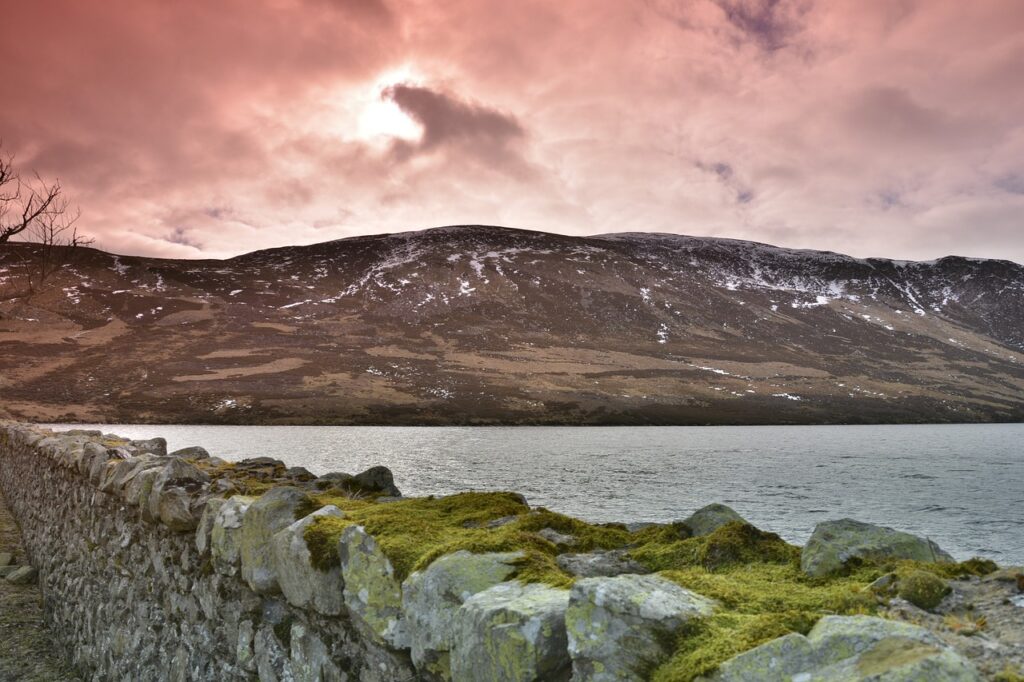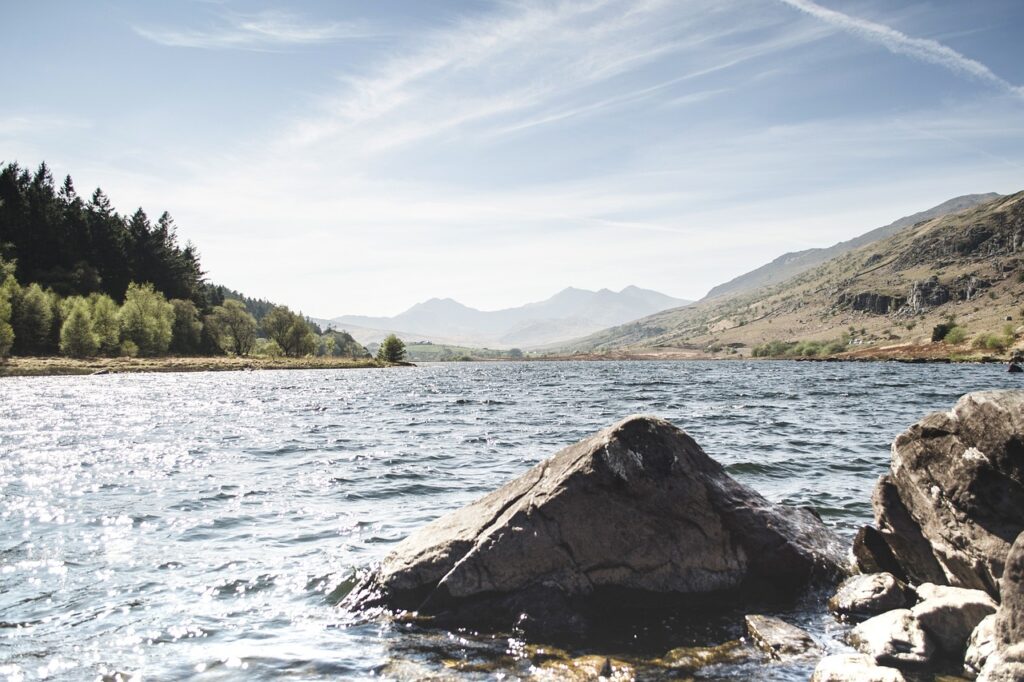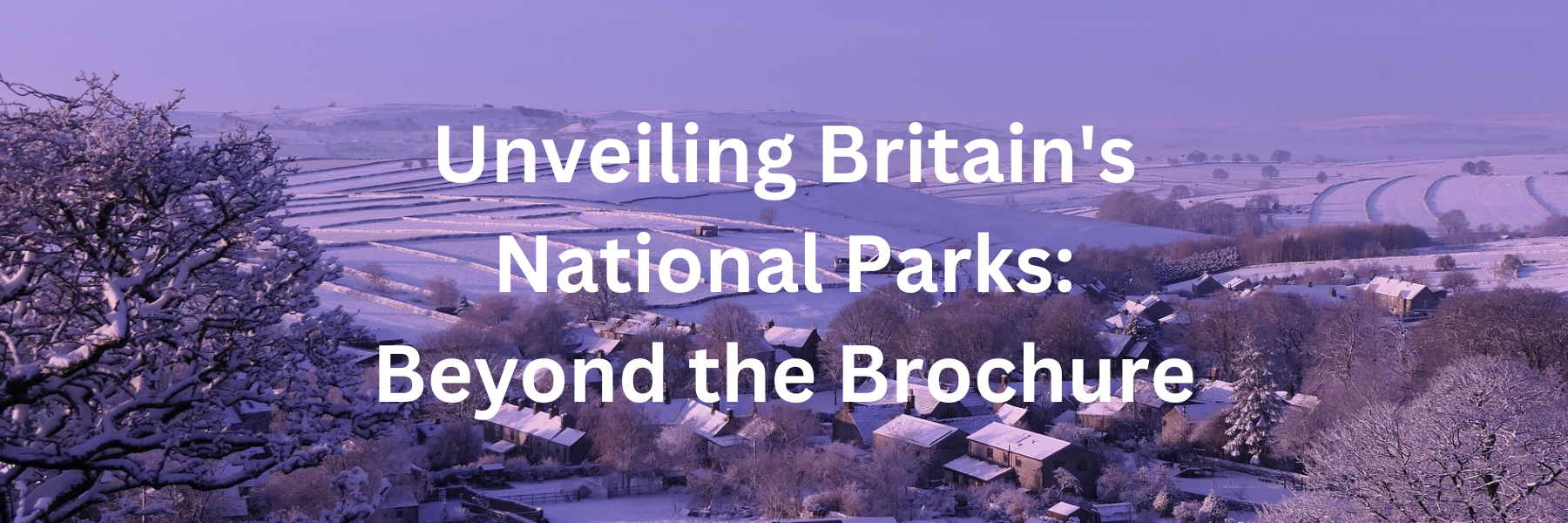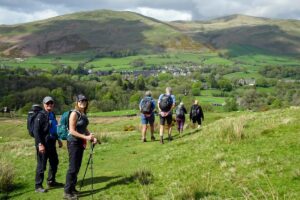In the heart of the United Kingdom lies a secret that often goes unnoticed amidst the hustle and bustle of modern life. Britain’s national parks, touted as quintessential havens of natural beauty, reveal a complex tapestry beneath their picturesque veneer. Let’s peel back the layers of perception and explore what makes these parks unique.
Internationally, the IUCN sets rigorous standards for national parks. They are traditionally government-owned, possess minimal permanent communities, and experience limited human land use. Britain’s interpretation may deviate from the global norm. Here, national parks encompass bustling towns, thriving communities, and significant private landownership. The British definition, often described as “relatively undeveloped, scenic, and tourist-attracting,” may not fully resonate with the global perspective.
Yet, when you stand atop a windswept peak, traverse a coastal cliff bathed in sunlight, or trace the meandering course of a tranquil stream within these parks, these technicalities fade away. What remains is the sheer wonder of nature.
The UK boasts 15 national parks, with The Broads in East Anglia holding a unique status. Eight of these gems grace England, including the iconic Lake District, historic Peak District, and the untamed beauty of Dartmoor.

Wales contributes its own wonders, with Snowdonia, the Pembrokeshire Coast, and the Brecon Beacons beckoning explorers. In Scotland, the Cairngorms and Loch Lomond and The Trossachs offer rugged wilderness and pristine lochs.
Overcrowding concerns post-Covid lockdown are real, with an estimated 110 million annual visitors. However, as international travel reopens, these scenes may become a memory. The parks, sprawling over 6,281 square miles in total, offer plenty of space for all to explore. In Wales, 20% of the land is designated as national park territory.
Each park boasts a unique allure. The Peak District, Britain’s oldest national park, mesmerizes with its gorges, craggy rocks, and Bronte-inspired moorland. The Lake District, England’s largest, enchants with majestic lakes and towering peaks. Northumberland, surprisingly the least visited, charms with its tranquility, earning 5 stars for peace and quiet in a recent poll by Which? magazine.
The Broads, Britain’s smallest national park, is a wetland wonderland, teeming with biodiversity and waterways. It may have its critics, but it remains a “breathing space for the cure of souls,” as described by naturalist Ted Ellis.

The South Downs, the newest addition to the UK’s national parks, offers a wealth of history, including scheduled monuments and listed buildings. Pembrokeshire Coast entices wildlife enthusiasts with Skomer Island’s puffins and dolphins in its waters.
From the snow-clad peaks of Cairngorms in the north to the idyllic New Forest in the south, each park is a treasure trove waiting to be explored. These natural wonders beckon, inviting us to rediscover the diverse landscapes and experiences they offer.
The next time you plan a getaway, consider Britain’s national parks. Whether you seek serenity, adventure, or a connection with nature, these parks promise a journey beyond the brochure, an immersion into the heart of the UK’s unspoiled beauty.
Andy Halliday is a passionate outdoor enthusiast and an avid camper. He has been exploring the wilderness and camping in the great outdoors for over two decades, and his experiences have inspired him to write about the joys of camping and the beauty of nature.
As a camping enthusiast, he believes that spending time in the wilderness is not just a way to escape the daily grind, but also a way to connect with nature and gain a deeper appreciation for the natural world. Andy has camped in various locations across the country and on two different continents. He has a wealth of knowledge and experience to share with fellow campers.
Through his writing, he hopes to inspire you to venture out into the wilderness and experience the beauty and serenity of camping. Andy articles and guides provide useful tips, advice, and insights on everything from selecting the right gear and equipment to finding the best campsites and hiking trails.





